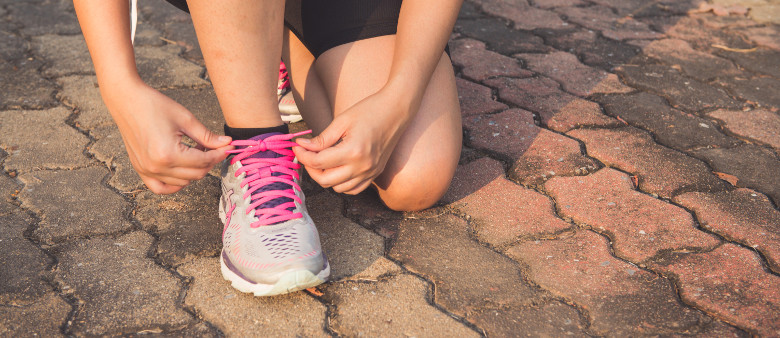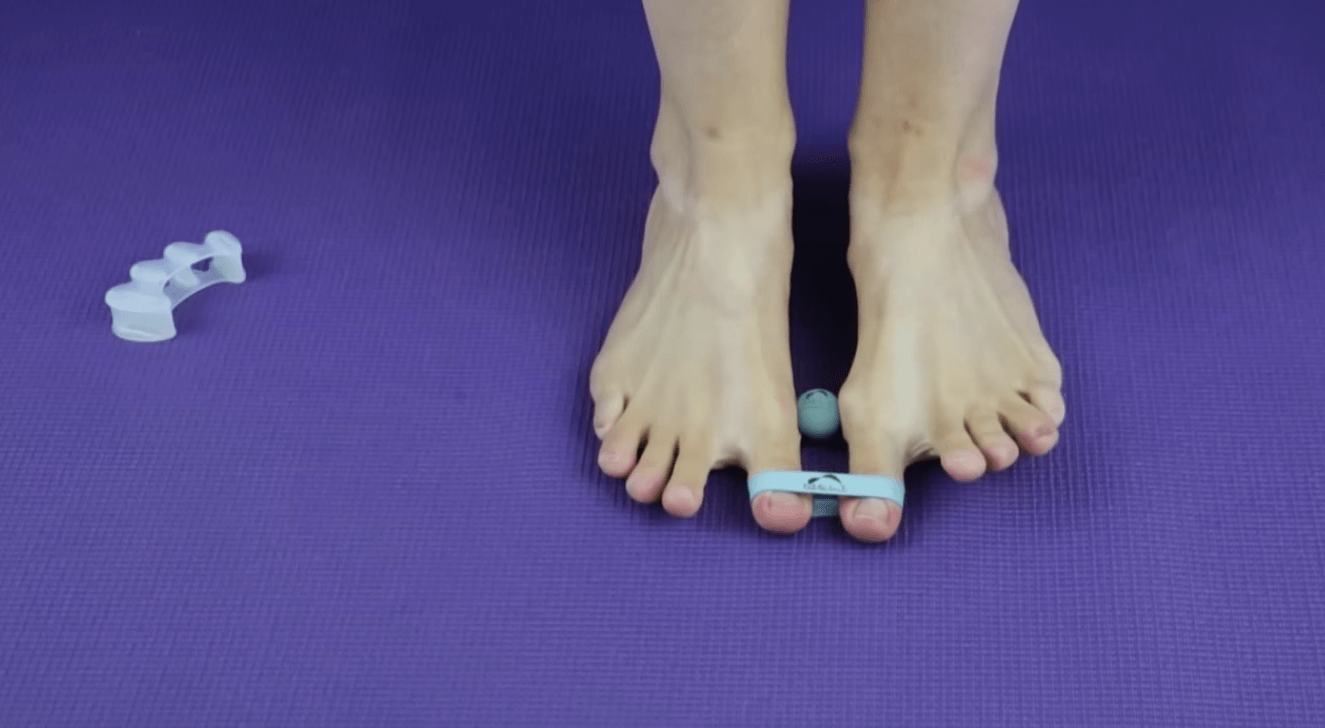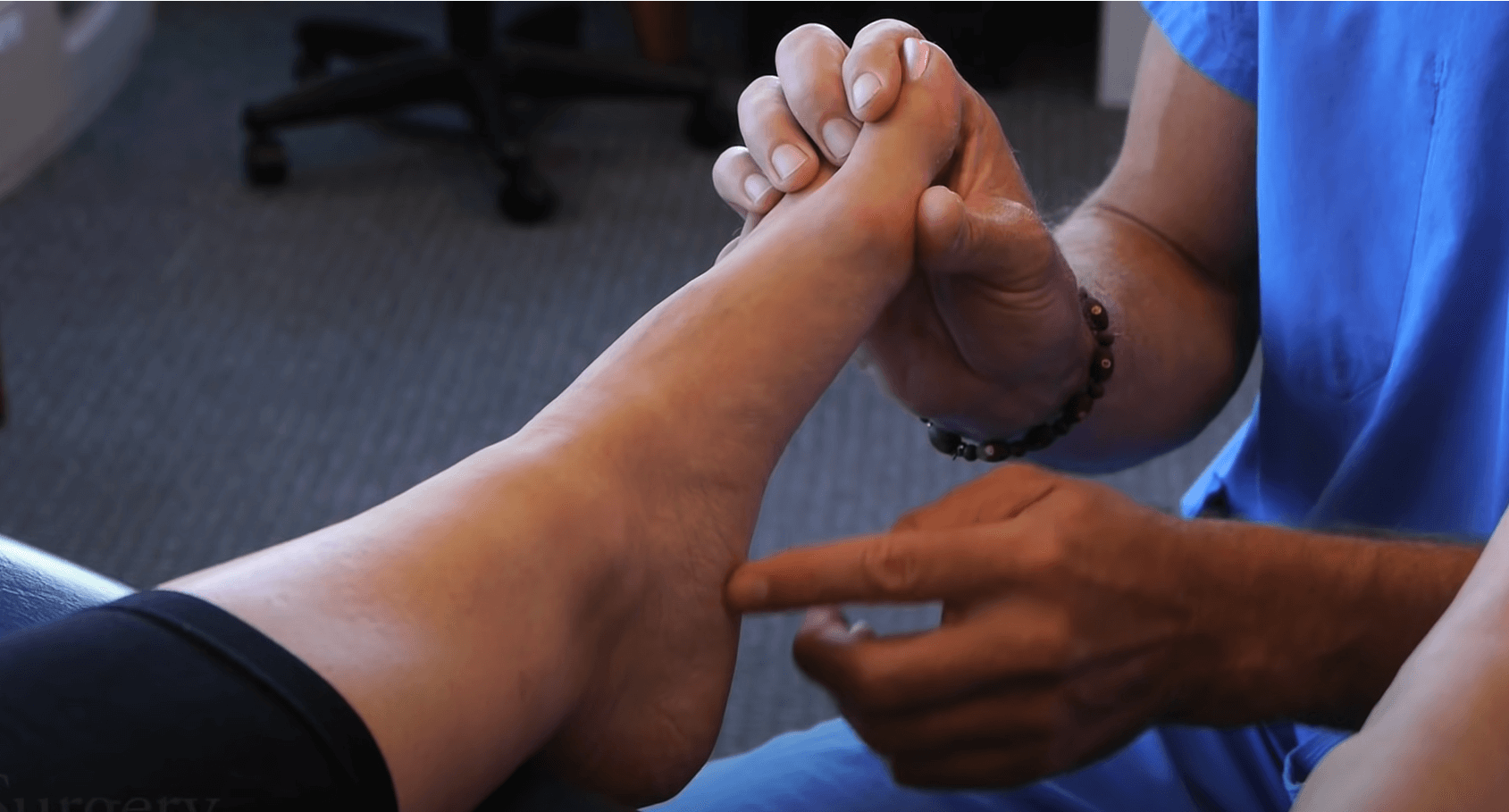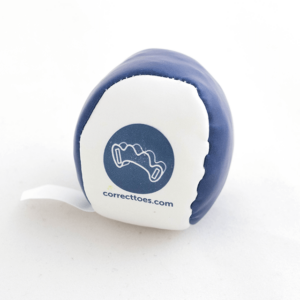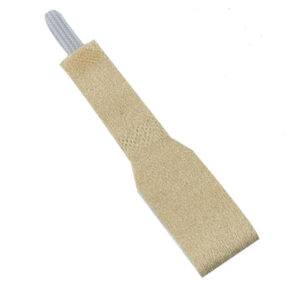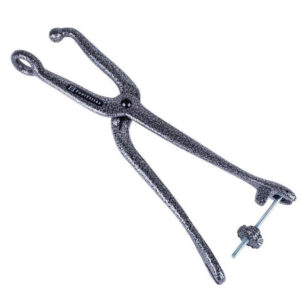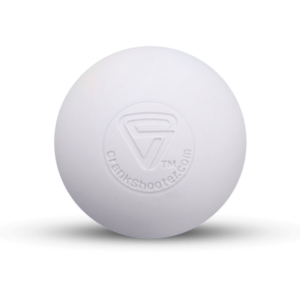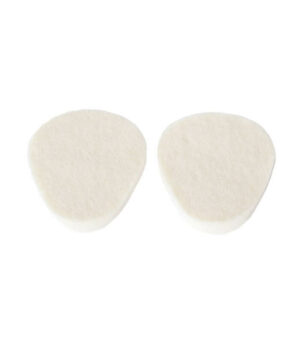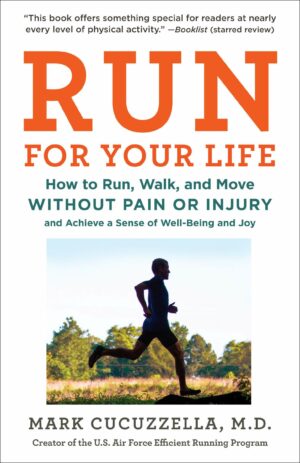If you have been scrolling through the Correct Toes blog or website, you’re likely overloaded with an abundance of foot information. Most of our posts explore a certain foot ailment, or the components of healthy footwear. Today we’re going to do something a bit different; this post will focus on what happens to the rest of your body when the foot is compromised within conventionally constructed footwear. Specifically, we’ll explore how conventional footwear impacts the rest of the musculoskeletal system.
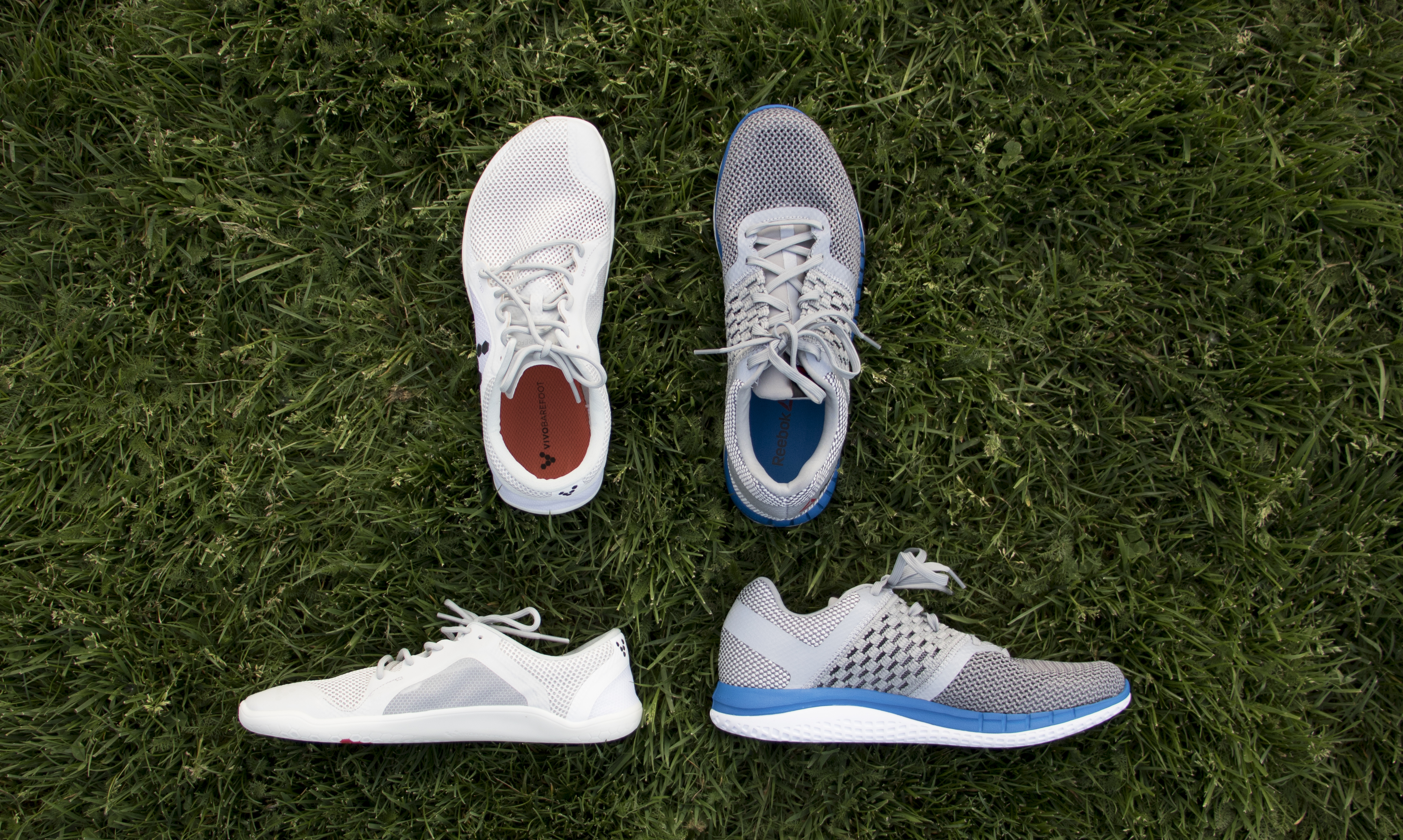 To start, let’s first establish a baseline of the foot’s position within conventional footwear. Regardless of brand or style, most footwear models on the market have three main features; a narrow toe box, toe spring, and an elevated heel. Collectively, these features push toes together, lift toes up, stretch and destabilize the mid-foot and lift the heel above the surface of the rest of the foot. Keeping this position in mind, let’s explore how this foot alignment impacts the rest of the body. Starting with the ankle, we’ll move up the frame to determine the impact throughout the body column.
To start, let’s first establish a baseline of the foot’s position within conventional footwear. Regardless of brand or style, most footwear models on the market have three main features; a narrow toe box, toe spring, and an elevated heel. Collectively, these features push toes together, lift toes up, stretch and destabilize the mid-foot and lift the heel above the surface of the rest of the foot. Keeping this position in mind, let’s explore how this foot alignment impacts the rest of the body. Starting with the ankle, we’ll move up the frame to determine the impact throughout the body column.
Ankle
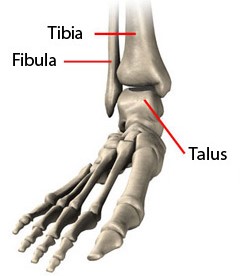
The ankle joint is composed of the distal part of the tibia, fibula and the talus bones. Ankle joints perform the motions of plantarflexion (pushing down on the gas pedal while driving) and dorsiflexion (releasing pressure on the gas pedal). Plantarflexion and dorsiflexion are also important motions while walking and running to help “roll through” each step. With the foot in conventional footwear, the ankle is fixed in a slightly plantar-flexed alignment. This has a variety of implications including:
1). Destabilizing of the ankle, as the tibia translates further posterior (back) on the thinner portion of the talus. Movement in this position increases stress on ankle ligaments, placing the ankle in vulnerable alignment with an increased likelihood of ankle sprain.
2). Shortening posterior calf muscles and tendons, including the gastrocnemius, soleus, deep calf flexors and the Achilles tendon. Years of persistent ankle plantarflexion damages calf muscle length and can inhibit muscle elasticity and performance.
Knee
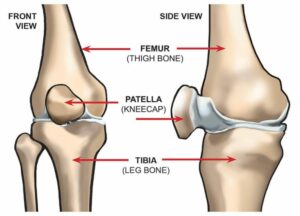
The knee joint is composed of the distal femur, proximal tibia and additionally the sesamoid patella (knee cap). The knee performs flexion and extension, motions controlled primarily by the four quadriceps and three hamstring muscles. Preserving full knee range of motion is vital for a basketball player absorbing impact from a jump, or a weightlifter completing a squat. Conventional footwear position forces and increases knee flexion angle, creating:
1). Elevated contractile forces upon the quadriceps muscles, creating hypertonicity and tension throughout the anterior thigh.
2). Increased pressure on the knee joint, specifically up to 26% force increase on the patella. This increased patella pressure contributes to friction and improper joint wearing, both leading factors in the development of osteoarthritis.
3). Contraction of the hamstrings, as chronic excess flexion of the knee holds posterior muscles in a shortened position. This decreases full hamstring length, diminishing muscle functional power recruitment.
Pelvis
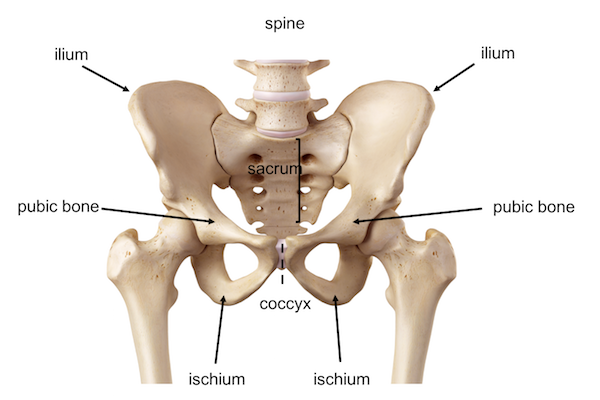
The pelvis is composed of multiple bones grouped together. Posteriorly (on the back) the pelvis articulates with the sacrum and coccyx from the spinal column. On each lateral side the pelvis flares out, composed of the ilium, ischium, and pubis. The pelvis acts as a ‘bowl’, tilting forward, back, and side-to-side. The pelvis connects the upper and lower body, all motions and imbalances from both the upper and lower body will act upon the pelvis, creating or limiting movement of the ‘bowl’. Learning control of pelvis alignment helps balance an athlete in dynamic and single leg motions, such as a soccer player kicking a ball or a runner jumping over a hurdle. With the foot placed in conventional footwear, the bowl of the pelvis experiences several changes including:
1). Excess anterior pelvic tilt as the pelvis tips forward stressing upper and lower body muscles. Additionally, too much anterior tilt stresses pelvic floor muscles and hip stabilizers.
2). Shortening of the hip flexors, creating tension, discomfort and poor muscle recruitment of the low pelvis and proximal quadriceps.
Lumbar Spine
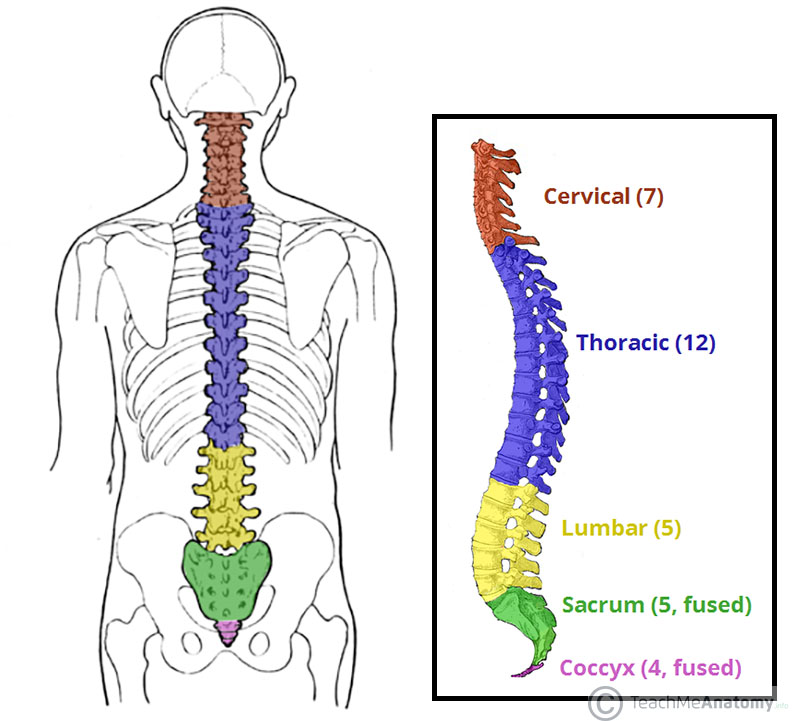
The spine is a combination of typically 33 vertebrae. Segmented into 5 sections, the spine begins with 7 cervical vertebrae, 12 thoracic vertebrae, 5 lumbar vertebrae, 5 fused sacral vertebrae and approximately 4 fused vertebrae that create the coccyx or tailbone. Each section of spine has a distinct curvature or orientation. The lumbar spine naturally curves in lordosis, or inward and forward. Preservation and maintenance of lumbar spine health is vital for most activities and motions. Compromised foot position in traditional footwear further emphasizes this lordotic curve, creating a ‘swayback’ type presentation. This has several consequences including:
1). Low back pain, caused as the posterior spines of the lumbar vertebra compress and shift.
2). Poor weight distribution of abdominal mass over the pelvis and lower limb, creating a shift in weight forward.
3). Increased potential for spinal disc herniation.
It’s common to experience pain throughout our body, and not consider our foot’s position as a possible contributing factor. Optimal foot alignment within naturally shaped footwear can be a great first step in addressing foot concerns and whole body systemic concerns. Naturally shaped footwear consists of a toe-box that is widest at the ends of the toes and a sole that is level from end to end, or ‘zero-drop.’ Flat footwear helps foster even weight distribution throughout each foot. A level platform encourages natural joint alignment and stacking of the ankles, knees, hips, pelvis, and up the body. This position encourages even and proportioned natural curvatures of the spine to create balanced and relaxed anterior and posterior musculature.
For more information on how naturally shaped footwear can benefit your body, explore www.correcttoes.com.
Written by: Rebecca Shapiro, LMT


